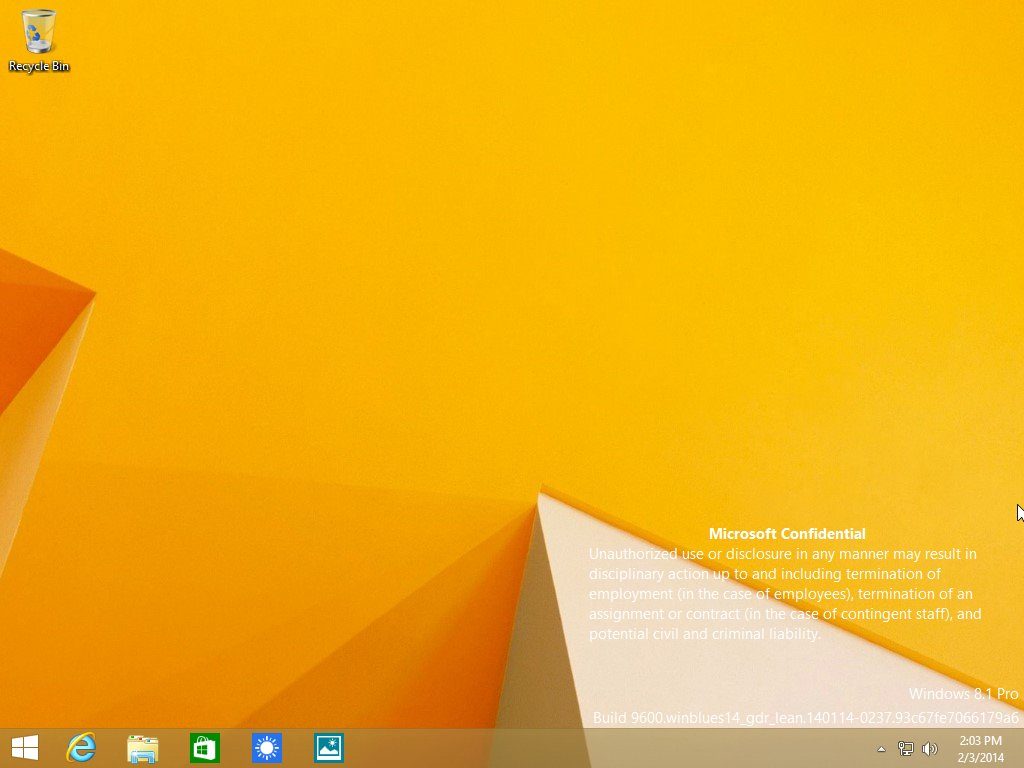Microsoft confirmed in San Francisco at the BUILD 2014 developer conference that Windows 8.1 Update comes with some significant changes in terms of system requirements, so devices with 1GB of RAM and only 16 GB of storage can now install it as well.
If you’re wondering what the reason behind this move actually is, it’s worth mentioning that Microsoft has been struggling for almost a year to convince OEMs to build more devices running modern Windows, but for one reason or another, only a few large companies have decided to focus heavily on Windows tablets and PCs.
Redmond says that lowering Windows 8.1 Update system requirements was part of its mission to offer a truly unique Windows experience without an impact on performance, so now more devices are able to run the operating system.
“With the Windows 8.1 Update, we have enabled our hardware partners to build lower cost devices for Windows such as devices with only 1GB RAM and 16GB of storage that provide customers with the experience they expect from a Windows device without sacrificing performance,” Microsoft’s Brandon LeBlanc said.
The new requirements aren’t very different from what we can find in Windows 8.1 today, but it’s still an improvement in terms of storage and RAM memory. Here are the official system requirements provided by Microsoft for Windows 8.1:
Processor: 1 gigahertz (GHz) or faster with support for PAE, NX, and SSE2
RAM: 1 gigabyte (GB) (32-bit) or 2 GB (64-bit)
Hard disk space: 16 GB (32-bit) or 20 GB (64-bit)
Graphics card: Microsoft DirectX 9 graphics device with WDDM driver
Lowering system requirements of the new Windows version could also be a way to speed up the demise of Windows XP, the operating system that’s going to be retired on April 8 and which is still installed on nearly 28 percent of computers worldwide.
Plenty of users have refused to move from Windows XP to a newer OS because the process would also involve hardware upgrades, so Microsoft is trying to bring more affordable devices to the market in order to boost the adoption of this platform.
Windows XP will no longer receive updates and security patches as of April 8, so those that are still using this aging operating system right now should find a new one as soon as possible in order to stay secure and avoid getting hacked due to unpatched vulnerabilities found by cybercriminals overnight.
via http://news.softpedia.com/



